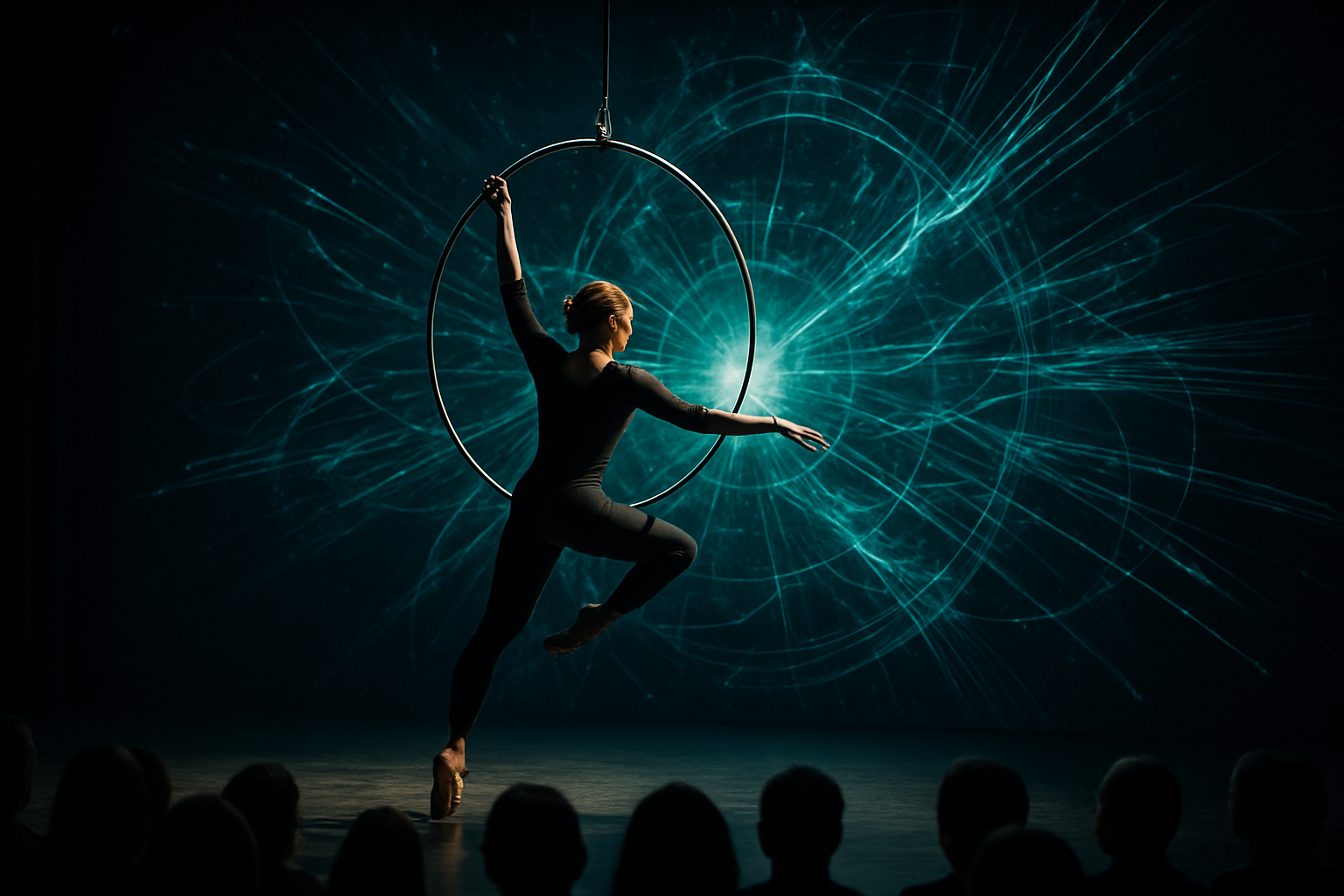The Enigmatic World of Avant-Garde Circus Performance
In the realm where traditional circus arts collide with cutting-edge performance techniques, a mesmerizing new form of entertainment is taking shape. Avant-garde circus performance, a genre that defies conventional categorization, is captivating audiences worldwide with its bold fusion of acrobatics, technology, and conceptual artistry. This innovative approach to circus arts is challenging perceptions, pushing boundaries, and redefining the very essence of live performance. Join us as we delve into the captivating world of avant-garde circus, exploring its origins, key players, and the transformative impact it's having on the entertainment landscape.

Early pioneers like Philippe Petit, famous for his high-wire walk between the Twin Towers in 1974, exemplified this spirit of innovation and risk-taking. His performances blurred the lines between circus, theater, and conceptual art, setting the stage for future generations of avant-garde circus artists.
Technological Integration and Visual Spectacle
One of the defining features of avant-garde circus is its embrace of cutting-edge technology. Unlike traditional circus acts that rely primarily on physical skill and showmanship, contemporary performers are incorporating elements like projection mapping, motion sensors, and interactive lighting to create immersive, multi-sensory experiences.
Companies like Cirque Éloize and The 7 Fingers have been at the forefront of this technological revolution, using digital projections and sophisticated sound design to transform their performances into otherworldly spectacles. These innovations not only enhance the visual impact of the shows but also allow for more complex narratives and thematic explorations.
Breaking Down the Fourth Wall
Avant-garde circus performances often seek to challenge the traditional relationship between performer and audience. By breaking down the fourth wall, these shows create a more intimate and participatory experience. Artists like James Thierrée, grandson of Charlie Chaplin, have become known for their ability to blur the lines between reality and illusion, often inviting audience members to become part of the performance itself.
This interactive approach extends beyond the confines of the circus tent. Many avant-garde troupes are taking their performances to unconventional spaces like abandoned warehouses, public parks, and even virtual reality platforms, further challenging preconceptions about what constitutes a circus experience.
Conceptual Depth and Social Commentary
While traditional circus acts often focus on pure entertainment, avant-garde performances frequently incorporate deeper conceptual themes and social commentary. Artists are using their platforms to address issues like environmental conservation, political unrest, and cultural identity.
The acclaimed French troupe Compagnie XY, for example, uses its gravity-defying acrobatics as a metaphor for human interdependence and solidarity. Their performances, characterized by intricate human towers and synchronous movements, serve as powerful visual allegories for social cohesion and collective strength.
The Global Influence of Avant-Garde Circus
The impact of avant-garde circus extends far beyond the entertainment world. Its innovative approaches to performance and storytelling are influencing fields as diverse as education, therapy, and corporate team-building. Schools like the National Centre for Circus Arts in London are now offering programs that blend traditional circus skills with contemporary performance theory, producing a new generation of multidisciplinary artists.
Moreover, the global appeal of avant-garde circus has led to increased cultural exchange and collaboration. International festivals like the Montreal Complètement Cirque are bringing together artists from diverse backgrounds, fostering a rich cross-pollination of ideas and techniques.
The Future of Circus Arts
As avant-garde circus continues to evolve, it raises intriguing questions about the future of live performance. Will the integration of technology lead to even more immersive and interactive experiences? How will the growing emphasis on conceptual depth and social commentary shape the role of circus in society?
One thing is certain: the avant-garde circus movement has irreversibly transformed the landscape of contemporary performance. By pushing the boundaries of what’s possible in live entertainment, these innovative artists are not just reimagining circus - they’re redefining the very nature of artistic expression in the 21st century.
As audiences become increasingly sophisticated and demand more from their entertainment experiences, avant-garde circus is poised to play a pivotal role in shaping the future of performance art. Its unique blend of physical prowess, technological innovation, and conceptual depth offers a template for how traditional art forms can evolve to remain relevant and impactful in a rapidly changing world.





